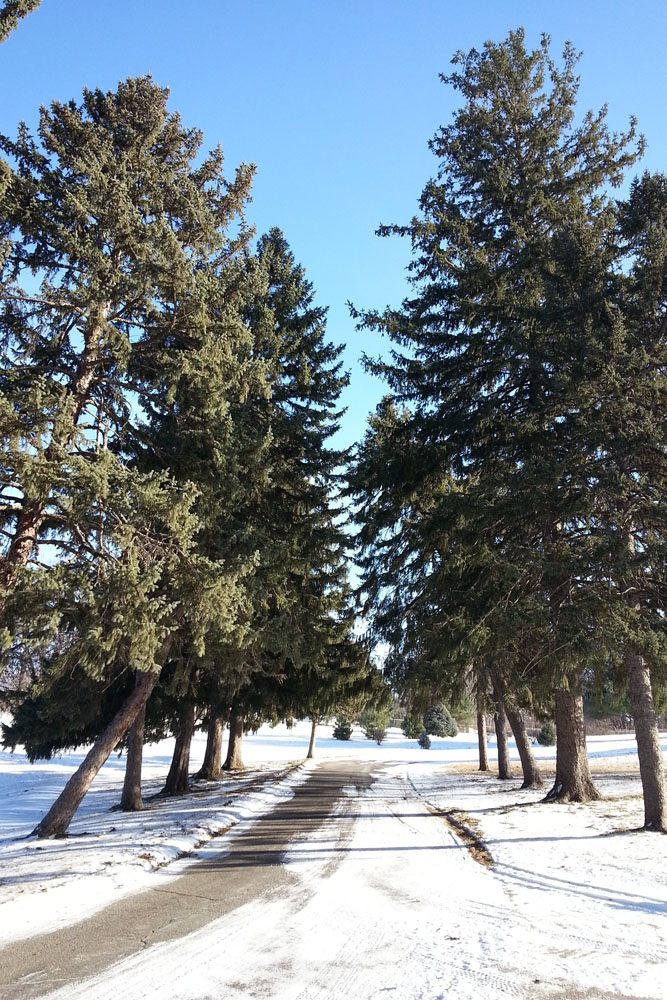Against the rigors of winter, evergreens lift our spirits, shelter our feathered friends, and sustain life amidst the wind and snow. Part Two of our Evergreen Analysis focuses in on the Spruce or Picea.
We are all familiar with one of the most popular of all evergreens; that being Colorado Spruce or Picea pungens. Oftentimes, Colorado Spruce is one of the very first evergreens we develop an attraction to and is readily available in the marketplace.

That being said, there is also a short list of other very landscape-worthy Spruces beyond Picea pungens for consideration.
This evergreen needs ample space, growing 60 to 70 ft tall with a 30ft spread. The plant is pyramidal in form – as are most Spruces – but it has pendulous branches which gracefully sweep to the ground at maturity. The Norway Spruce is a very adaptable species, but can struggle during periods of excessive heat. Despite that struggle, it has merit within the harsh growing conditions of the Midwest. When planting, always consider the their impressive size at maturity.
White Spruce is a wonderful companion evergreen. It has one amazing characteristic only few trees can claim; it can reproduce under a canopy of its own species. While it prefers full sun, it is one of the most shade tolerant of all the Spruces. The White Spruce is adaptable to a broad menu of climactic conditions withstanding most all of the elements and extremes the Great Plains can throw at it.
A very elegant Spruce, tending to be more appropriately scaled for residential properties, around 40 ft. tall with a 16 to 20 ft. spread. It can be planted as a speciman, or for some depth and interest in groups of three to five. The needles appear to almost glimmer due to the contrasting glossy greencolor on top in combination with the white stomatic lines underneath. The Serbian Spruce seems to have a better tolerance for humid conditions and heat of the Midwest – given adequate moisture – than some other species.
In addition to protection, habitat shelter, and overall interest Spruce Trees are a significant contributor to the pulp and paper industry. Many of the resinous substances from Spruce provide fundamental compounds for varnishes. While the wood of Spruce is relatively light weight it is extremely stable and durable. For example, the wood from Picea abies can be used for sounding boards in select, musical instruments.
All in all, Spruce proved to be a superb species to dissect in our Evergreen Analysis. Think of these useful saplings as you print out this blog post to hang on your fridge – your paper of choice may just have came from a Spruce.
Exciting! New plants in the garden! But wait....now what? How much water? When? Quick considerations before watering: Sun & Shade - Although most may say that shade gardens need less...
Spring fills us with wonder. Not in the ‘feeling of surprise mingled with admiration, caused by something beautiful’ kind of way. More along the lines of ‘what can I plant in my empty...